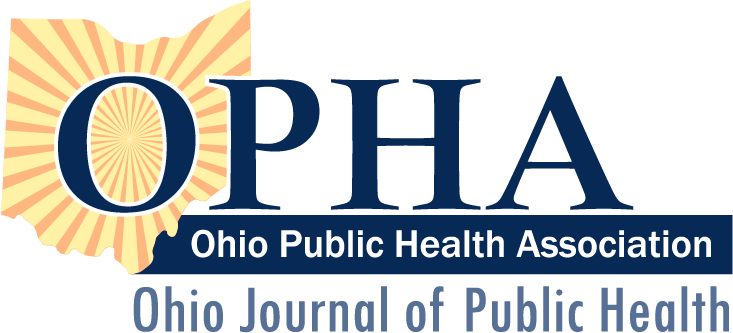Barriers and Facilitators to Naloxone Uptake in Ohio: Implications for Community-Driven Overdose Reduction Interventions
Abstract
Background: Our study aimed to identify barriers and facilitators to opioid overdose reversal uptake to inform community-driven interventions.
Methods: We conducted in-depth interviews and focus group discussions with community members and key stakeholders in Central Ohio. We used qualitative thematic analysis to identify barriers and facilitators to naloxone uptake in a community setting. We classified barriers and facilitators using the organizational, community, and societal levels of the socio-ecological model.
Results: Forty-seven Central Ohio residents participated in 5 focus group discussions and 15 in-depth interviews. Community members (n=23), harm reduction service providers (n=4), and religious organizational staff (n=5) participated in focus group discussions. We conducted in-depth interviews with law enforcement officers (n=3), pharmacists (n=2), and people who use opioids (n=10). Access to naloxone and misinformation emerged as organizational barriers while safe spaces for people who use opioids emerged as a facilitator. We identified naloxone misinformation and substance use stigma as community barriers. Perspectives on collective responsibility to administer naloxone was identified as both a barrier and facilitator. Poor communication of naloxone laws was a prevalent societal barrier to naloxone uptake.
Conclusion: Community-based interventions that develop collaborations among local organizations to provide naloxone information, training, and distribution may address prominent barriers to naloxone uptake and reduce the current burden of law enforcement to respond to overdoses. Future interventions should also dispel naloxone misinformation, substance use stigma, and confusion about the legal consequences of administering naloxone.
Keywords: Substance use, Naloxone, Injection drug use, Overdose, Community intervention
How to Cite:
Estadt, A., Lancaster, K. E., Sanchez, S. & Ricks, J., (2025) “Barriers and Facilitators to Naloxone Uptake in Ohio: Implications for Community-Driven Overdose Reduction Interventions”, Ohio Journal of Public Health 7(2), 1-15. doi: https://doi.org/10.18061/ojph.6421
Downloads
Download PDF
View
PDF
